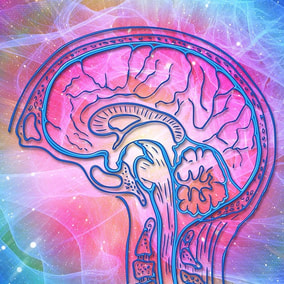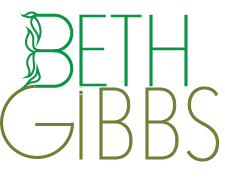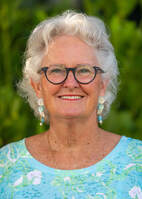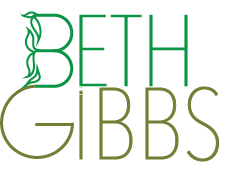ENLIGHTEN UP! a blogSelf-awareness stories: lighting our way to clarity, contentment and resilience in a complicated world.
|
 Wisdom from the Yoga Mat Guest post by Priscilla Shumway Wobbles are the physical and mental challenges we encounter both in our yoga practice and in our daily lives. Our challenge is learning to accept and even be grateful for the wobbles we experience both on and off the yoga mat. Wobbles are unavoidable; the key is to notice wobbles, not judge them. Yoga helps to release tension and stiffness. It is a way to provide balance and flexibility in the spine. By maintaining and improving our balance as we age (think fewer wobbles), we can increase our working memory. While we often choose yoga as a way to increase our balance, it may be surprising to learn that it may also improve cognitive function. In a 2017 research study by Zettel-Watson l, it was found that better balance and aerobic endurance led to enhanced processing speed and working memory in older adults.* What is “working memory,” and why should we care as we age? Working memory temporarily stores information that is relevant to any task we are currently doing. Wondering where you put your car keys? What was on that grocery list you left at home on the kitchen counter? These wobbles of the working memory may be enhanced by decreasing the wobbles of balance in our yoga practice on the mat. As balance declines with age, more of our working memory is devoted to balance control, specifically attending to where our body is in space so that we do not fall. We rely on our attention to our balance and position in space to keep us safe, thus limiting the capacity of working memory. As we practice postures that stress the balance system, balance improves, thus freeing working memory for other important issues. One common source of falls as we age is trying to do two things at once. We can maintain our balance, or we can talk to a friend on the phone, but it is harder to do both without risking a fall. Knowing where our body is in space frees up working memory to pay attention to other daily tasks or where the closest Starbucks is for that cappuccino you promised yourself after yoga class! Try to embrace your wobbles as a source of wisdom to help us grow and live a satisfying life. *https://www.ncbi.nlm.nih.gov/pubmed/26694752
0 Comments
Your comment will be posted after it is approved.
Leave a Reply. |
Archives
July 2024
AuthorBETH GIBBS started her yoga practice in 1968, four months after her son was born and she’s been practicing ever since. She currently teaches all levels therapeutic yoga classes for adults, and specialty classes for seniors in the Hartford, Connecticut area. Beth is a certified yoga therapist through the International Association of Yoga Therapists and is guest faculty at the Kripalu School of Integrative Yoga Therapy. She writes for the blogs, Yoga for Healthy Aging, and Accessible Yoga. Her master’s degree from Lesley University in Cambridge, MA is in Yoga Therapy and Mind/Body Health. Categories |
|
|
Enlighten Up! a Blog
|
Copyright © 2023 Beth Gibbs


 RSS Feed
RSS Feed
